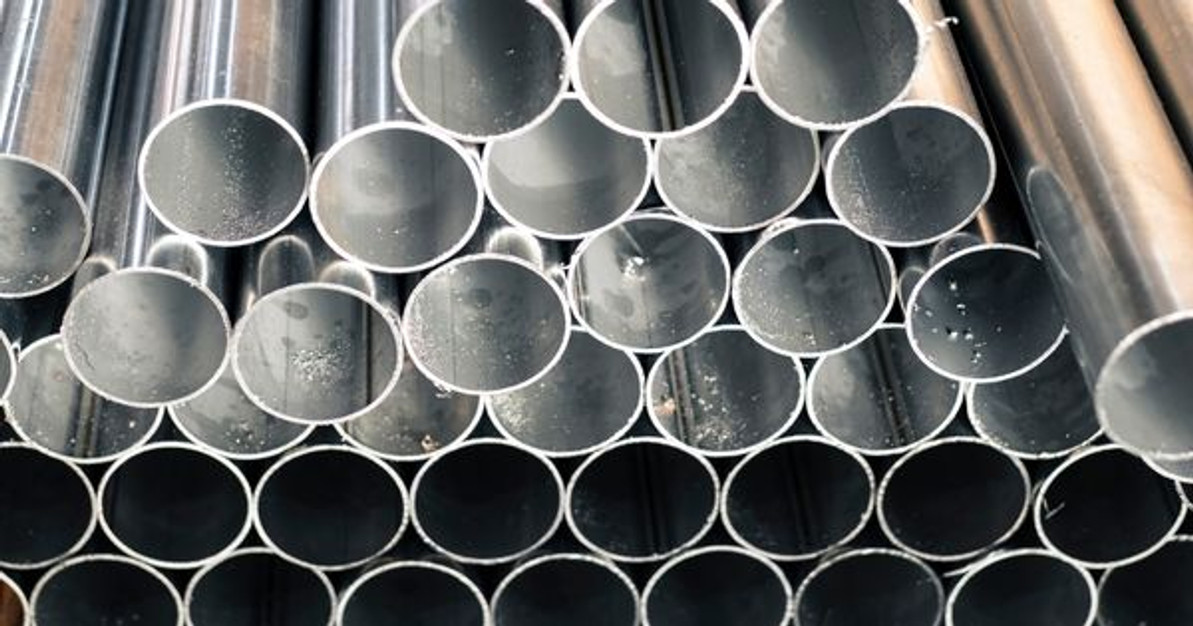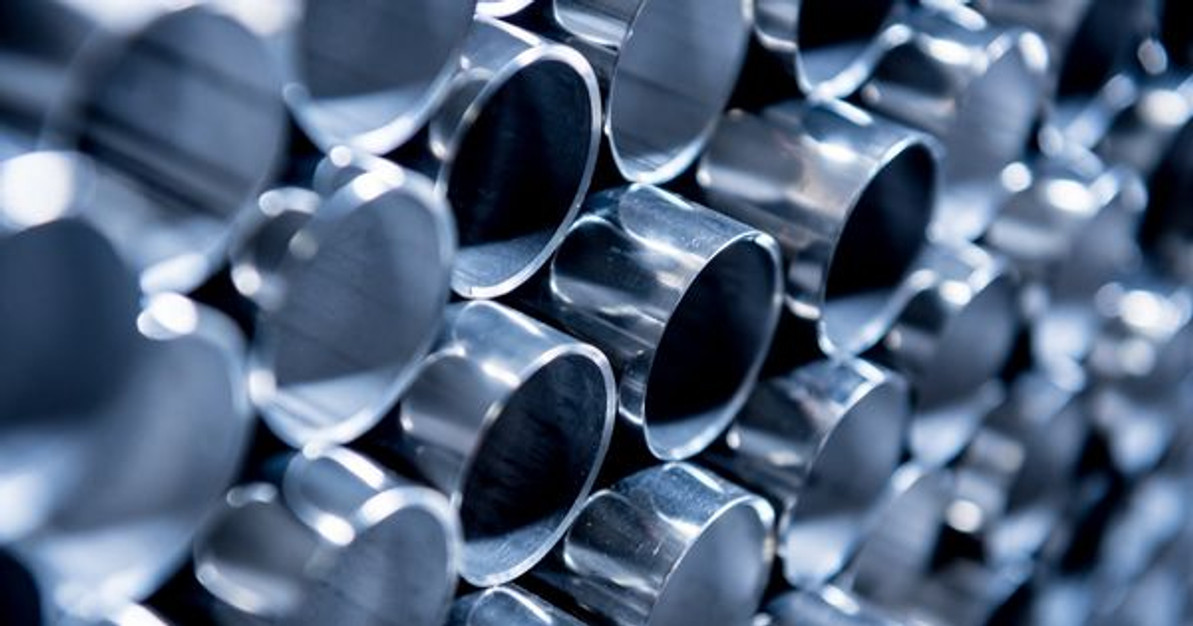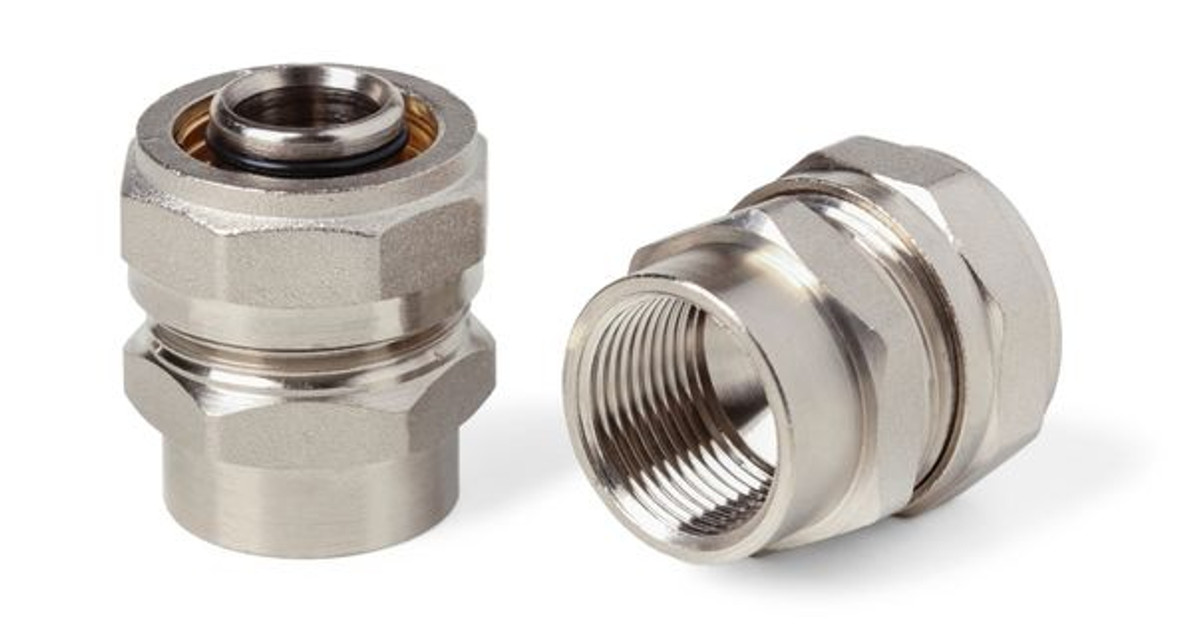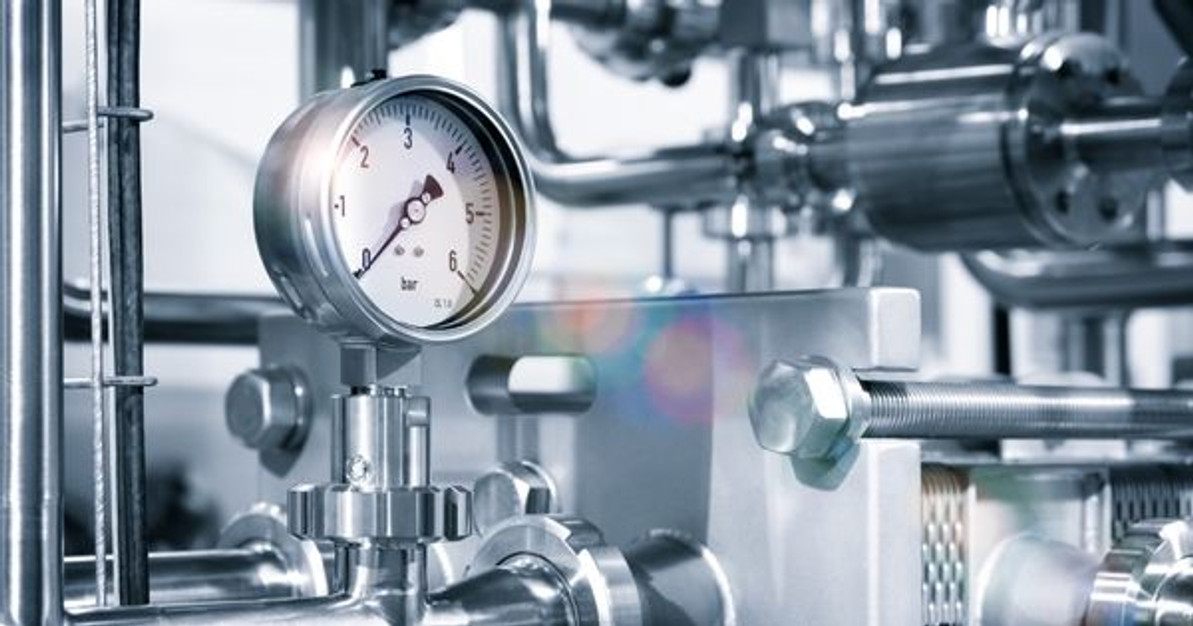 Aug 19th 2022
Aug 19th 2022Common Causes of Stainless-Steel Tubing Failure
Stainless steel is highly valued throughout multiple industries because of its sanitary benefits and its incredible resistance to rust and decay. Unfortunately, however, corrosion resistance doesn’t mean corrosion proof. Let’s look at some of the common causes of stainless-steel tubing failure so that you can take preventative measures.
Resistance Doesn’t Mean Invulnerable
Because sanitary stainless-steel tubing is famous for being incredibly corrosion resistant, many facilities assume that they can put their tubing in place and then simply forget about it. This is, unfortunately, not the case. While it’s difficult for stainless steel to corrode, neglect and poor maintenance will eventually take their toll. In particular, corrosion under insulation is one of the most common causes of stainless-steel tubing failure because it can occur without showing obvious signs. This occurs because of water penetration that is allowed to sit and eventually break through the passive film of chromium oxide that gives stainless steel its resistance.
Stress and Chloride-Induced Cracking
Another form of failure that’s hard to identify is cracking caused by stress or chloride. Stress corrosion cracking can be difficult to pick up on because the initially small – even microscopic – cracks progressively become larger and more widespread through the tubing. Eventually, a catastrophic failure will occur, and your tubing will be beyond saving.
Chloride induced stress corrosion often occurs in temperatures that promote evaporation because of the higher chloride deposits and moisture levels. Furthermore, many paints and forms of insulation contain chloride, which is a corrosive chemical that stainless steel typically withstands in smaller amounts. So, constant and excessive exposure will eventually cause cracks to form as the stress becomes too much.
Conditions Susceptible to Failure
To decrease the likelihood of failure, there are some environmental considerations you should know, as certain conditions make stainless steel more susceptible than others. Such environmental conditions to consider include:
- Temperature, which can vary between grades of stainless steel, but the ideal range is between 50-300 degrees Fahrenheit.
- How frequently the tubing makes contact with chlorides.
- Wherever stainless-steel makes contact with carbon steel.
- High moisture levels. Water is always necessary for corrosion to occur.
If your piping is enduring one or more of these conditions, you’ll need to keep a close eye on your tubing and ensure it receives regular maintenance. Otherwise, the duress will eventually overwhelm and cause your tubing to corrode.
 Aug 19th 2022
Aug 19th 2022Recent Posts
-
Nov 7th 2022
What Is Food-Grade Stainless Steel Tubing?
Businesses that produce food and beverage products must operate hygienically. Sterile environments a …Nov 7th 2022
-
Oct 11th 2022
Why Sanitary Fittings Are Important for the Medical Industry
Sanitary fittings are useful for many industries. Food and beverage manufacturers have used these to …Oct 11th 2022
-
Sep 23rd 2022
What Is the Max Operating Temperature for Stainless Steel?
Stainless steel is valued in many industrial applications because it’s capable of withstanding high …Sep 23rd 2022




